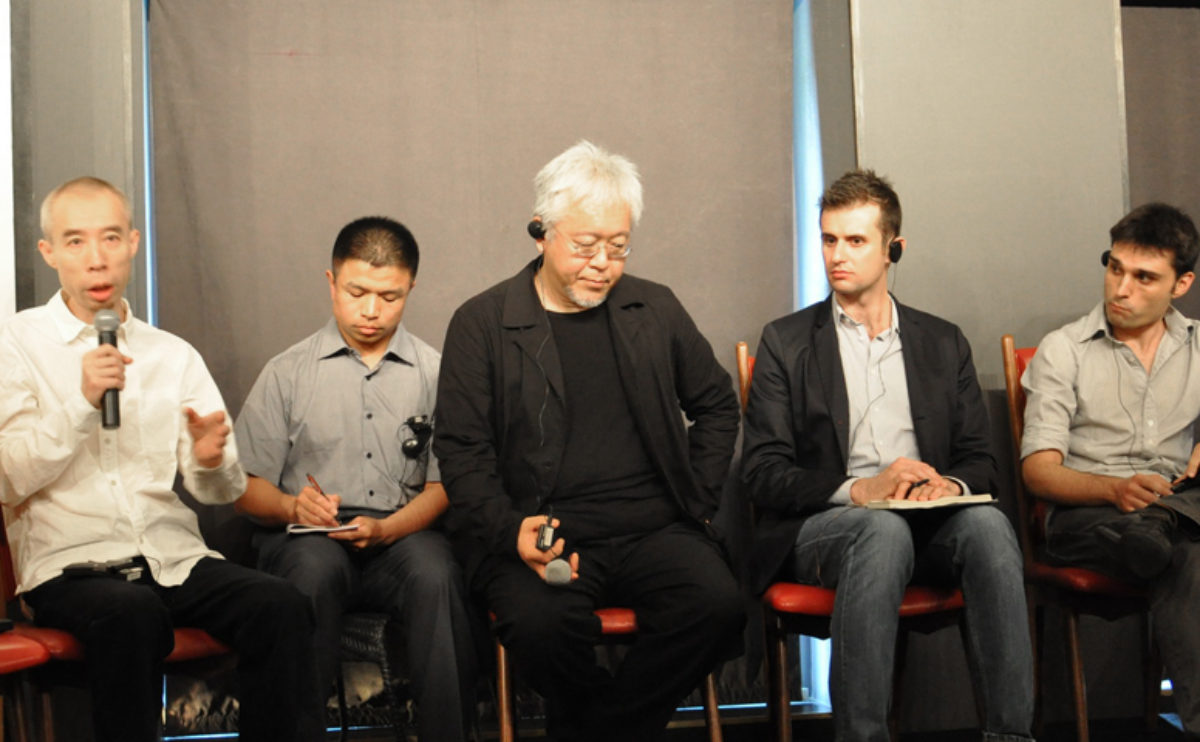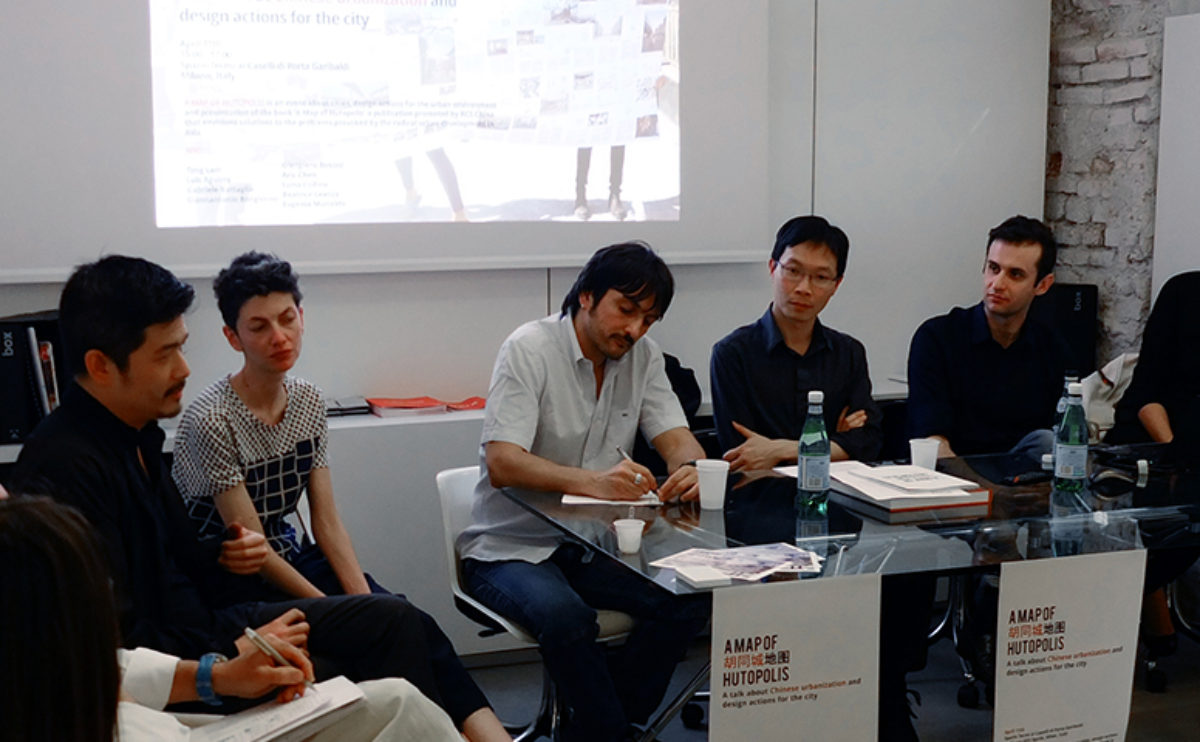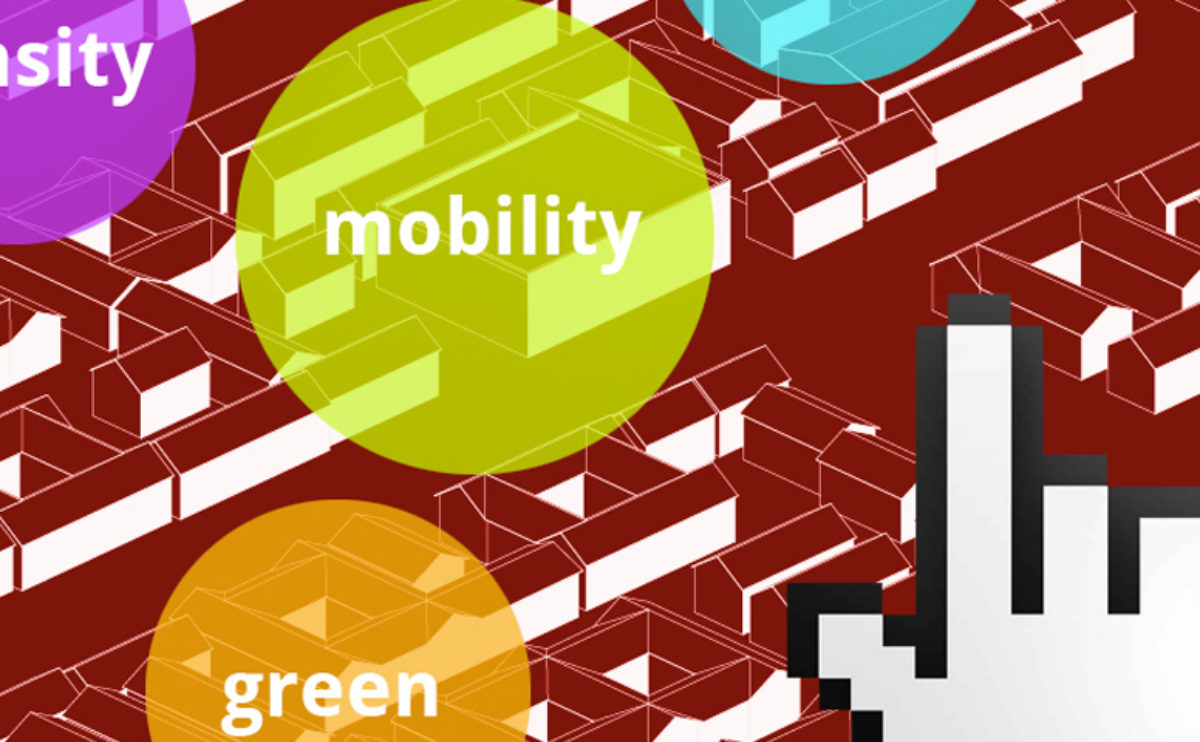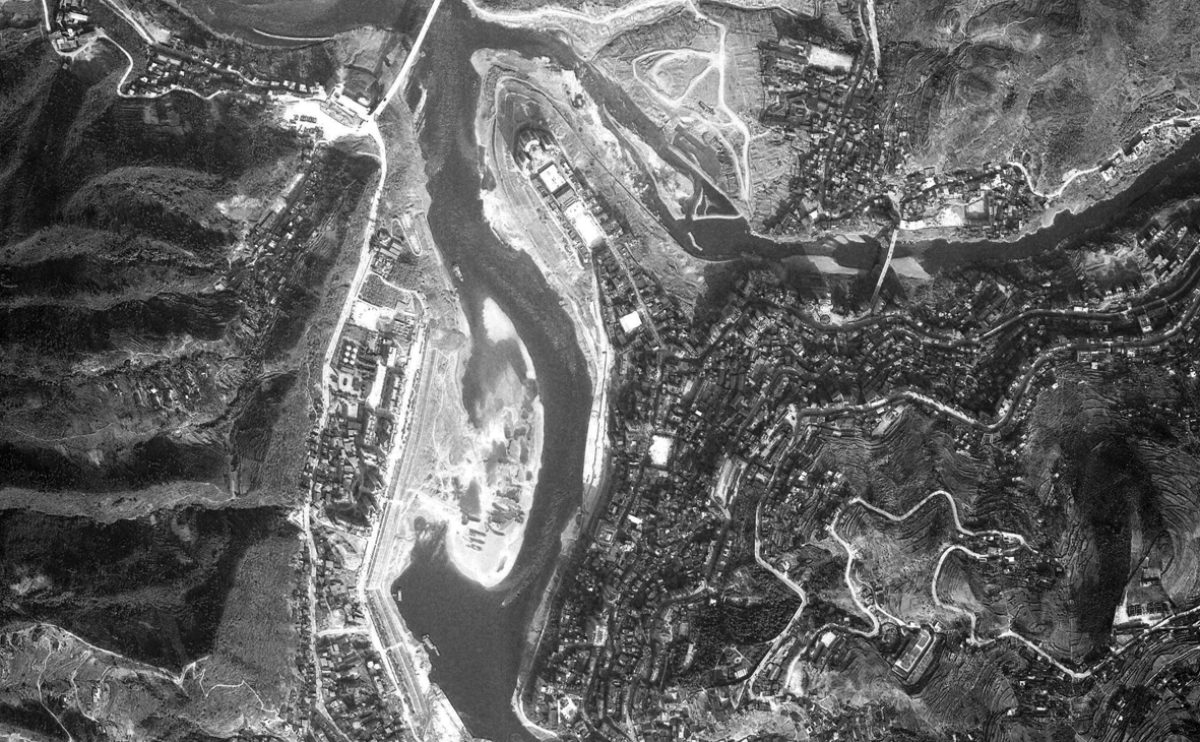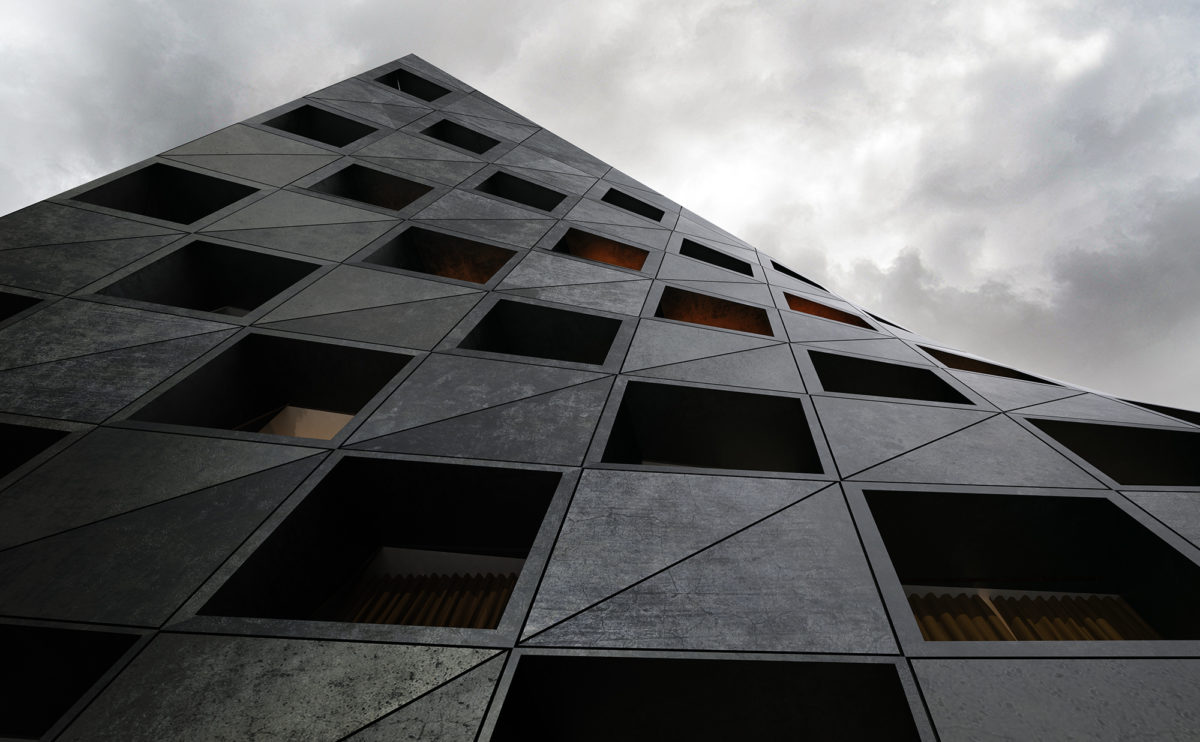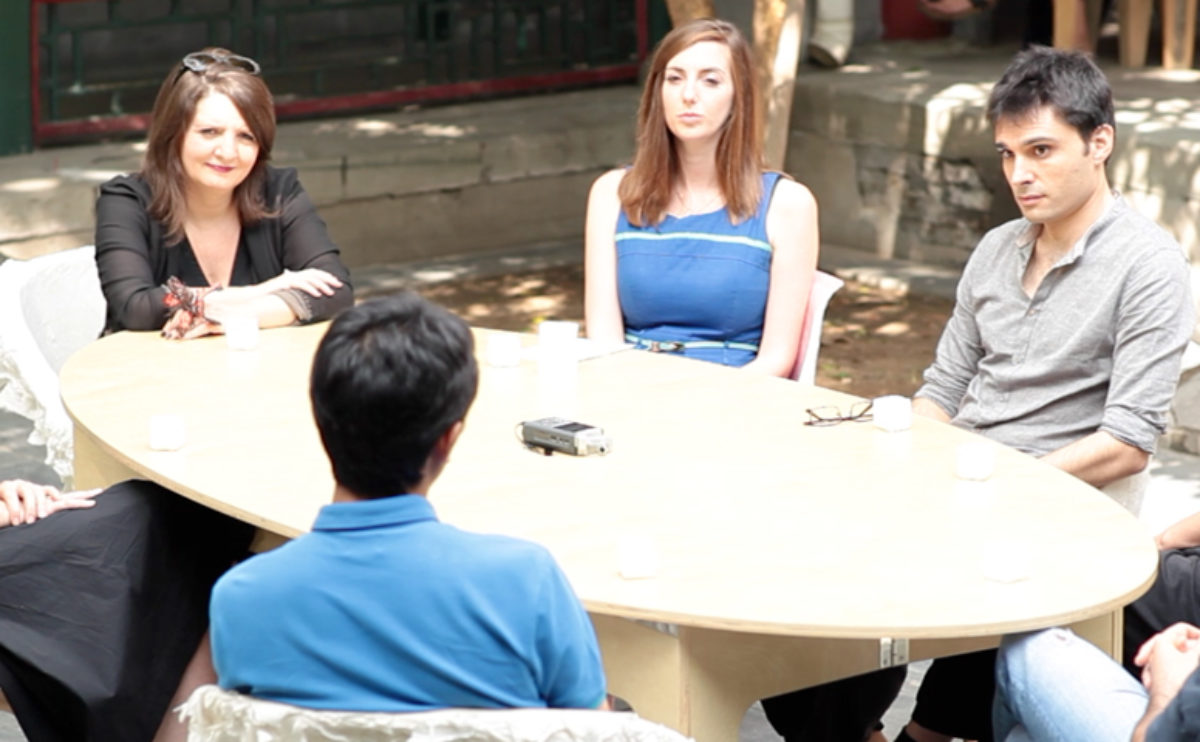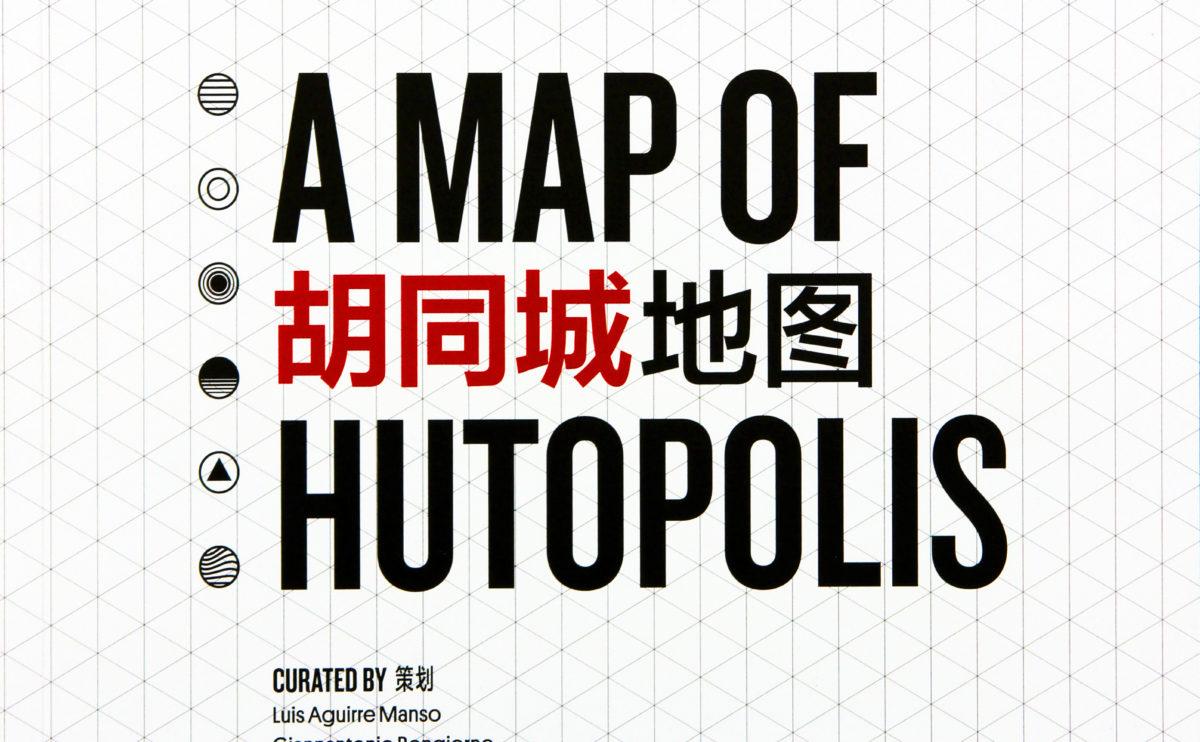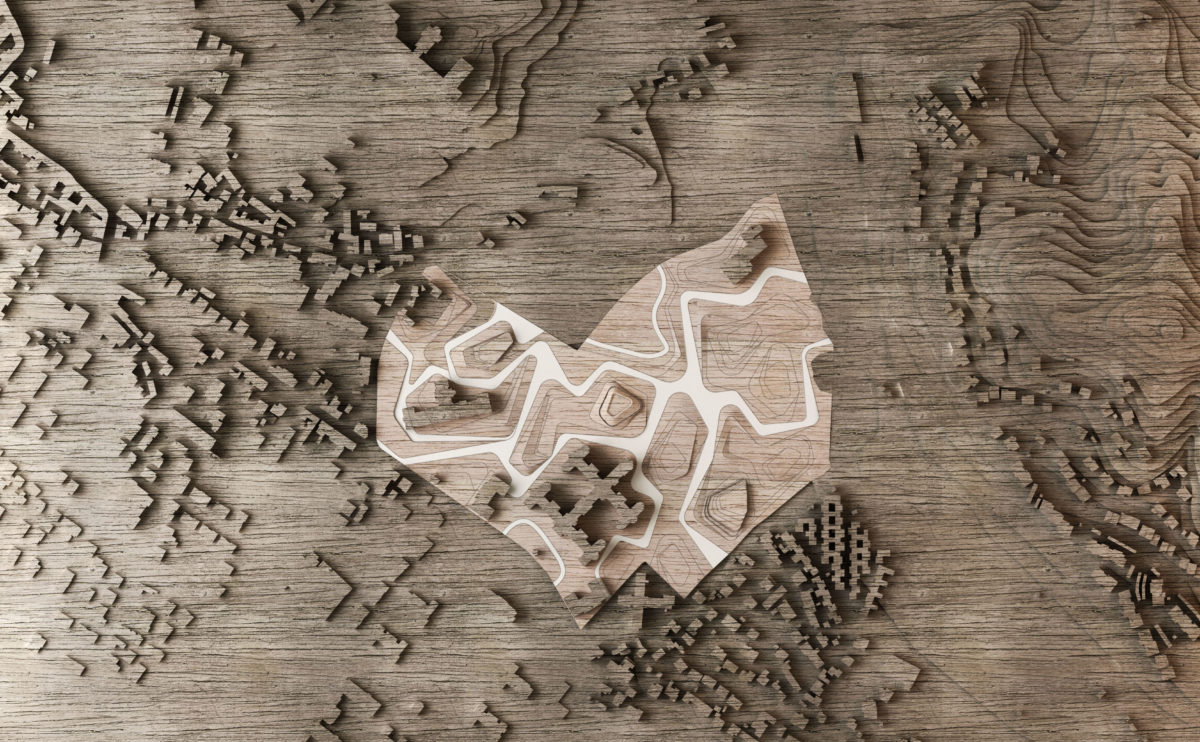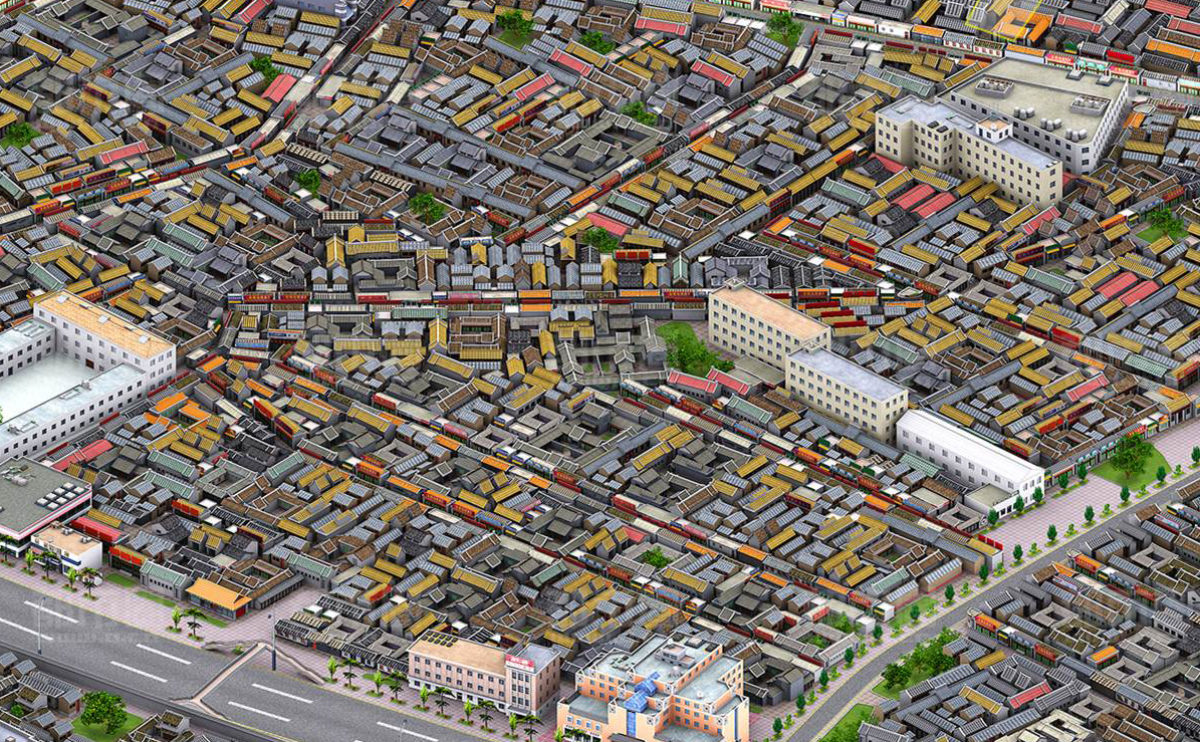learning from Dashilar
Organized by ‘Beijing Design Week’, Dashila(b) and Capital M, the event included speakers such Kenya Hara, designer from Nippon Design Center and director of design for MUJI, Fang Zhenning, curator of the Chinese pavilion of the 2012 Venice Architecture Biennale, Liang Jingyu, architect from Approach Architecture, Giannantonio Bongiorno, curator of Hutopolis and Luis Aguirre from […]
a map of hutopolis
AQSO is pleased to announce the publication of the book ‘A Map of Hutopolis‘, a monograph comprising the projects developed during the Hutopolis research program and a series of articles written by researchers and professors on the topic of Chinese urbanisation.
AQSO launches urban research Hutopolis
“Hutopolis” is a research program that aims to investigate new boundaries for the urban development in China. The study intends to re-use and enhance the existing urban framework and networks as a key idea to generate a new evolution of the city. AQSO organises an exhibition curated by Giannantonio Bongiorno and Luis Aguirre, with the […]
transformations
Transformations, a dialogue about the evolving city is the title of a documentary recently presented by AQSO at the 2013 Beijing Design Week. The movie is conceived as the conclusive chapter of the Hutopolis reseach program launched in 2011 for studying the urban changes on Chinese cities.
architecture for the shared economy
The upsurge of technology started to change the way people live drastically. No longer are people conforming to the conventional thinking. Disruptors in the market sprout everywhere to give fast responses to the reinvention of the community.
a map of hutopolis
A Map of Hutopolis contains the result of a research program about the urban development in China. The book envisions in a map solutions to the problems provoked by the radical development going on in the biggest country in Asia.
starchitecture and cityscape
The world’s increasing urban population signifies that the inhabitants’ penchant for rural areas has surpassed. The rural population started to decrease since the 1950s. Urban areas are now becoming dense and compacted in character as people from all walks of life move in. Mass migrations require a plethora of housing and economic opportunities for the […]
key elements of the contemporary urban language
Historical partisans list homogeneity as the primary consideration in urban conservation criteria. Architecture and urban planning, in relation to the human context, is not static, it is always changing and evolving as it grows.
